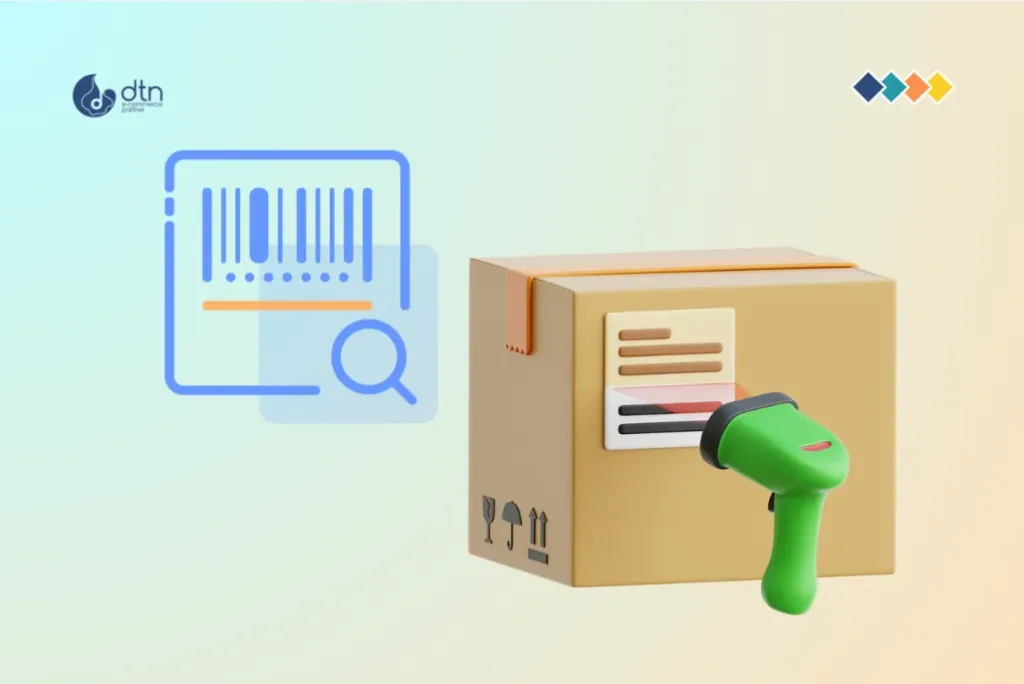The world of business is constantly moving, and one of the key elements driving this rapid pace is the ability to adapt quickly. In this dynamic environment, real-time inventory management has become more than just a nice-to-have – it’s a necessity. Gone are the days of manual spreadsheets and infrequent stock checks. Today’s businesses demand a system that provides instant visibility into their inventory, empowering them to make informed decisions and stay ahead of the competition.
This blog post delves into the complexities of real-time inventory management solutions, exploring their benefits, key features, and considerations for choosing the right system for your business.
Table of Contents
What is Real-time Inventory Management?
At its core, real-time inventory management refers to a system that provides up-to-the-minute data on your inventory levels, location, and movement. This information is typically captured through automated processes, using technologies like:
- Barcode scanners: These handheld devices scan barcodes on products, instantly updating inventory records.
- RFID (Radio Frequency Identification): RFID tags attached to products emit signals that can be read by antennas, allowing for quick and accurate tracking even in bulk.
- IoT (Internet of Things) Sensors: These sensors, often integrated with warehouse equipment or shelves, monitor inventory levels, temperature, and other crucial data points.
This real-time data is then fed into a central system, usually a cloud-based software solution, where it’s analyzed and presented in a user-friendly format.

Benefits of Real-time Inventory Management
Implementing a real-time inventory management system can yield significant benefits for your business, including:
- Improved Accuracy and Visibility: Eliminate the guesswork from inventory management. Real-time data ensures you always have a clear picture of your stock, preventing stockouts and overstocking.
- Enhanced Customer Satisfaction: By knowing exactly what’s in stock, you can fulfill orders promptly and accurately, increasing customer satisfaction and loyalty.
- Reduced Costs: Minimizing stockouts and overstocking directly translates to cost savings on unnecessary purchases, storage, and potential lost sales.
- Better Forecasting: Real-time data empowers you to make more accurate sales forecasts, optimizing inventory levels and reducing carrying costs.
- Increased Efficiency: Automation streamlines the entire inventory management process, freeing up valuable time for your team to focus on strategic initiatives.
- Enhanced Supply Chain Management: Real-time inventory data provides valuable insights into supply chain performance, enabling you to identify bottlenecks and optimize workflows for better efficiency.

Key Features of Real-time Inventory Management Solutions
While every solution offers unique features, here are some common functionalities that are essential for any effective real-time inventory management system:
- Centralized Database: All inventory data is stored in a single, accessible database, providing a unified view across different locations and departments.
- Automated Data Entry: Barcode scanners, RFID technology, and IoT sensors automate data entry, minimizing manual errors and increasing efficiency.
- Inventory Tracking and Traceability: Real-time tracking of inventory movement, from receiving to shipping, ensures clear visibility and accountability.
- Order Management: The system integrates with order fulfillment processes, allowing for seamless inventory allocation and order tracking.
- Demand Forecasting: Sophisticated algorithms analyze historical data and market trends to predict future demand, optimizing inventory levels.
- Reporting and Analytics: Generate customizable reports and dashboards to gain insights into inventory performance, identify trends, and make data-driven decisions.
- Integration with Other Systems: The solution should seamlessly integrate with your existing ERP (Enterprise Resource Planning), CRM (Customer Relationship Management), and other critical systems.

Choosing the Right Solution for Your Business
Choosing the right real-time inventory management system requires careful consideration of several factors:
- Business Size and Complexity: Your specific needs will dictate the features and functionalities required. A small business might need a simpler solution, while a large enterprise might require a more comprehensive system.
- Industry: Different industries have specific inventory management challenges. Look for a solution tailored to your industry’s unique requirements.
- Budget: Solutions vary widely in price, ranging from cloud-based subscriptions to on-premises software licenses.
- Scalability: Ensure the solution can adapt as your business grows, handling increasing volumes of inventory and data.

Conclusion: Real-time Inventory Management – A Competitive Edge
By embracing these powerful solutions, businesses can gain a significant competitive edge, streamline operations, improve customer satisfaction, and ultimately, drive growth.
Remember, the key to finding the right solution is to carefully assess your business needs, explore available options, and choose a system that empowers you to optimize your inventory management.
Frequently Asked Questions
We’ve compiled a list of answers to common questions.
What is real-time inventory management and how does it work?
Real-time inventory management refers to systems that provide up-to-the-minute data on inventory levels, location, and movement using technologies like barcode scanners, RFID tags, and IoT sensors. This data is fed into a central system, often cloud-based, where it is analyzed and presented in a user-friendly format.
What are the key benefits of implementing a real-time inventory management system?
The key benefits include improved accuracy and visibility of stock levels, enhanced customer satisfaction through prompt and accurate order fulfillment, reduced costs from minimizing stockouts and overstocking, better forecasting for optimized inventory levels, increased efficiency through automation, and enhanced supply chain management with valuable insights for optimization.
What essential features should a real-time inventory management solution have?
Essential features include a centralized database for unified data access, automated data entry via barcode scanners, RFID, or IoT sensors, real-time inventory tracking and traceability, integration with order management processes, demand forecasting algorithms, customizable reporting and analytics, and seamless integration with existing ERP and CRM systems.
How should businesses choose the right real-time inventory management solution?
Businesses should consider factors such as their size and complexity, industry-specific requirements, budget constraints, scalability for future growth, and the quality of vendor implementation and support services when choosing the right solution.
Why is real-time inventory management crucial for modern businesses?
Real-time inventory management is crucial because it provides a competitive edge by streamlining operations, improving customer satisfaction, reducing costs, enhancing supply chain efficiency, and enabling data-driven decision-making, all of which are vital for success in today’s fast-paced business environment.



